Drone Lingo Simplified: Acronyms Every Pilot Needs To Know
Pilot Institute
MARCH 6, 2025
Drones have their own language, and its filled with abbreviations and acronyms that can be overwhelming for new drone pilots. This guide simplifies the most common drone-related acronyms, from flight regulations to airspace classifications and technical terms. If youre just starting off with drone flight, then this is the list for you.


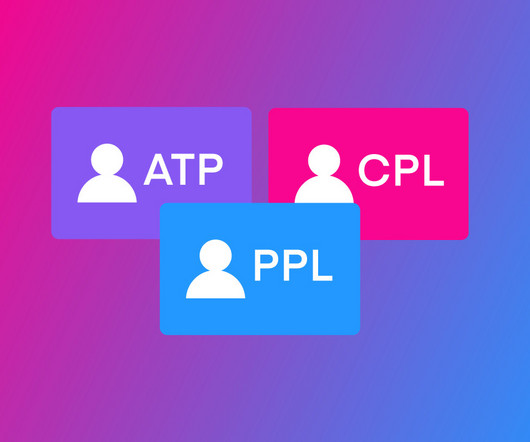

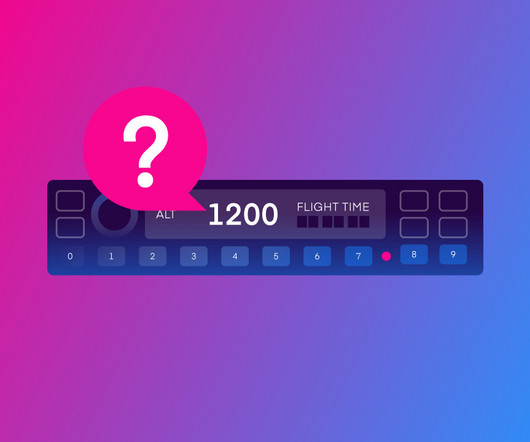
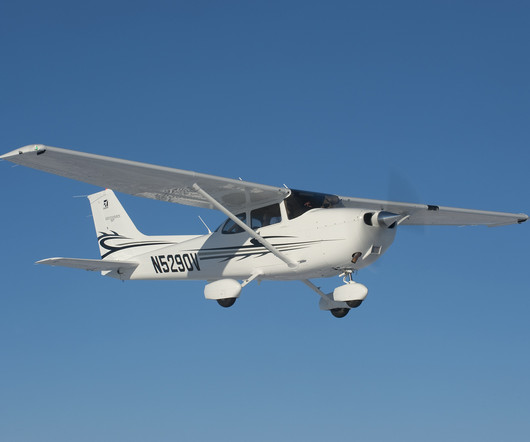
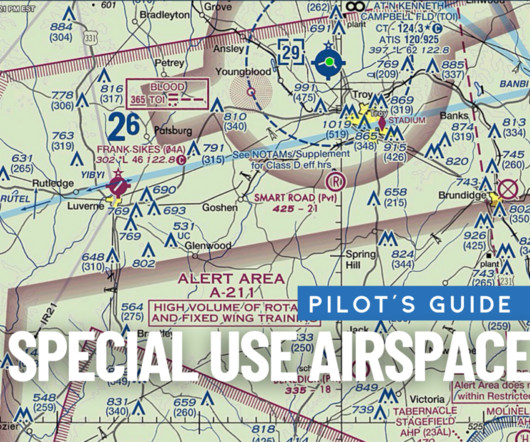
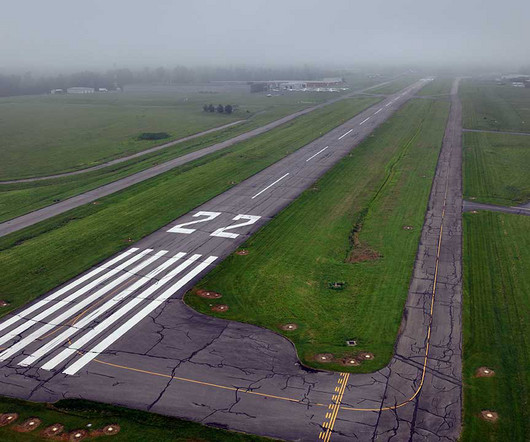
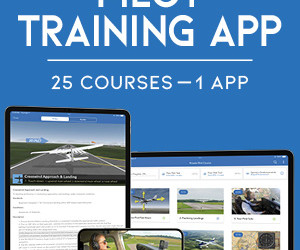
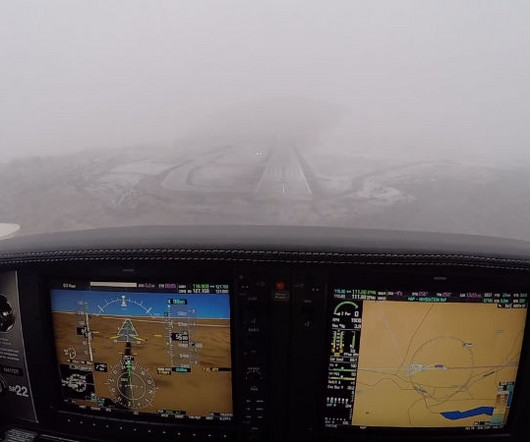
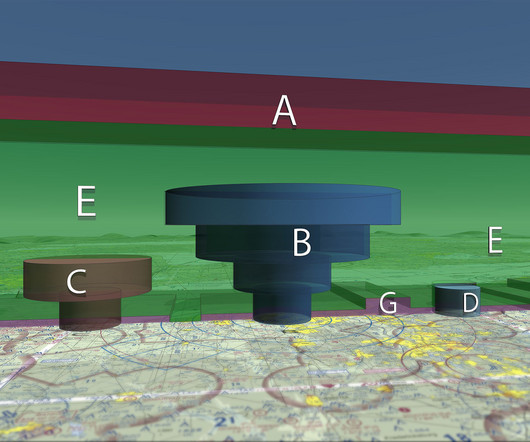
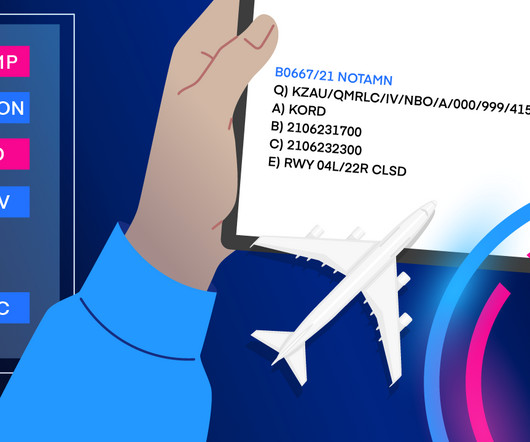
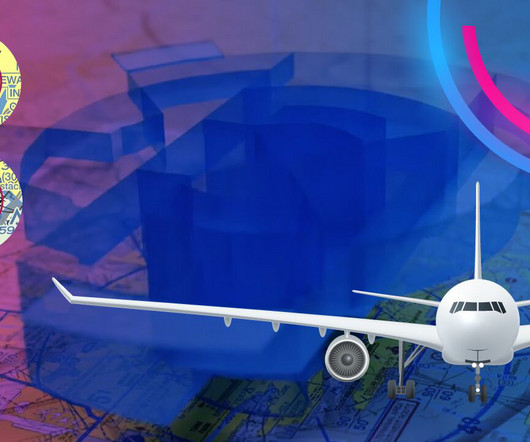
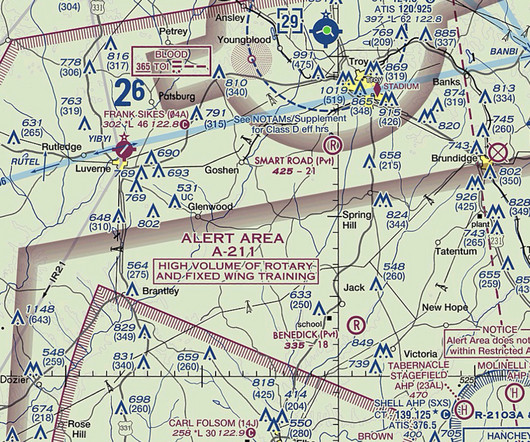






Let's personalize your content